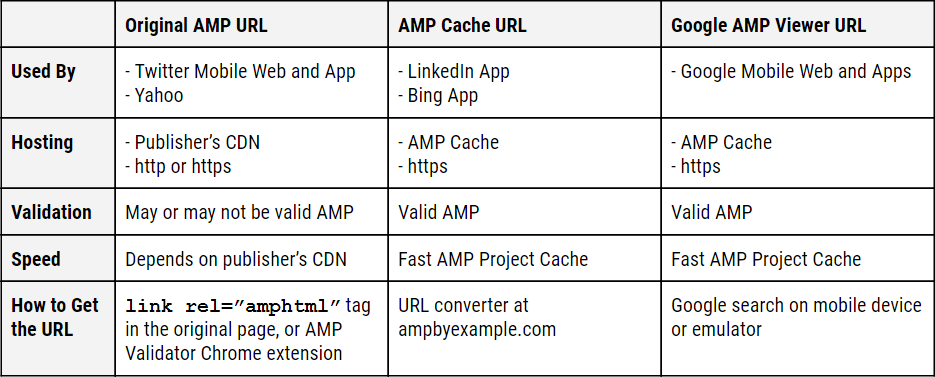
AMP critics and advocates alike have welcomed the news that the Safari browser in Apple’s iOS 11 will use canonical URLs when sharing mobile content — even when the page the sharer is seeing is an accelerated mobile page (AMP).
Google’s AMP Project tech lead, Malte Ubl, noted on Twitter and elsewhere that Google had been asking Apple and others to make the change. In a Hacker News discussion forum, Ubl wrote:
Just wanted to clarify that we specifically requested Apple (and other browser vendors) to do this. AMP’s policy states that platforms should share the canonical URL of an article whenever technically possible.
Opinions may vary on the benefits and downsides of AMP, but both sides seem to agree unintentional sharing of AMP links is not ideal.
The scale of the AMP-sharing problem (if you consider it a problem) is relatively small; the vast majority of AMP views are driven by Google and other apps and mobile websites that intentionally link to AMP pages instead of standard web pages.
To understand how AMP URLs are sometimes shared unintentionally — and even rendered on desktop browsers — it’s useful to know how AMP links and AMP sharing work.
What’s in an AMP URL?
AMP pages can be cached and presented in a variety of ways which impact how browsers and sharing utilities handle them. The construction of an AMP URL will tell you a lot:
1) Original AMP URL: A publisher’s original AMP page will often start with amp. or have /amp somewhere in the URL, like this:
http://searchengineland.com/breaking-news-amp-goes-roof-280280/amp
2) AMP Cache URL: When cached and served from the AMP Project content delivery network (CDN), URLs will look like this:
https://searchengineland-com.cdn.ampproject.org/c/searchengineland.com/breaking-news-amp-goes-roof-280280/amp
3) Google AMP Viewer URL: When Google delivers pages from the AMP Cache, Google’s Viewer frame gives them URLs like this:
https://www.google.com/amp/searchengineland.com/breaking-news-amp-goes-roof-280280/amp
The Google Viewer is the most common user experience, since most AMP pages are encountered in Google’s environments — but referrers linking to AMP URLs can use any version. Here are some key characteristics of each:

Which link gets shared?
When an AMP page is shared, the shared link can be the AMP URL in the browser address bar, the desktop URL, or the canonical URL specified in the page source. The method of sharing makes the difference:

Here’s a visual of the three sharing methods described above:

Share method determines which link is shared. Android/Chrome shown here.
How are shared AMP links handled?
When the Google AMP Viewer URL is shared, Google’s Viewer frame detects whether the request is coming from a mobile, desktop or tablet device. Mobile users get the Google-framed AMP page, while desktop and tablet users are helpfully redirected to the canonical page. Fortunately, this is the most common experience, since users are most likely to encounter and share the Google AMP Viewer URL.
[Read the full article on Search Engine Land.]
Some opinions expressed in this article may be those of a guest author and not necessarily Marketing Land. Staff authors are listed here.
About The Author

Popular Stories
